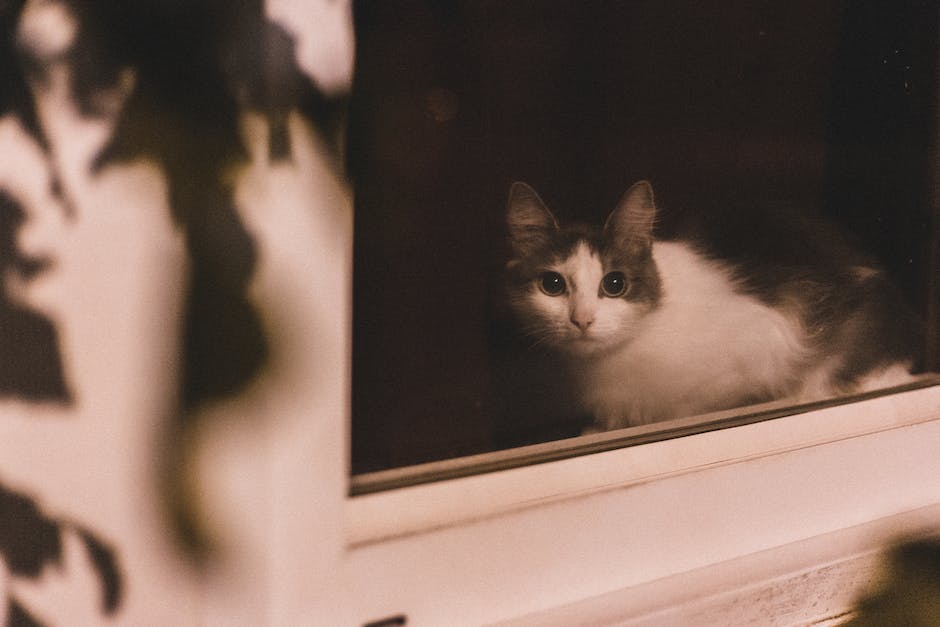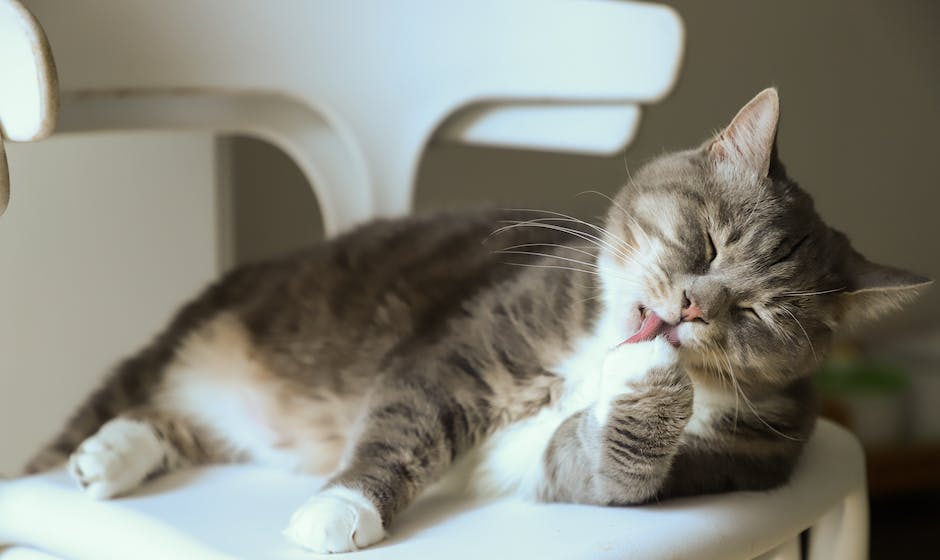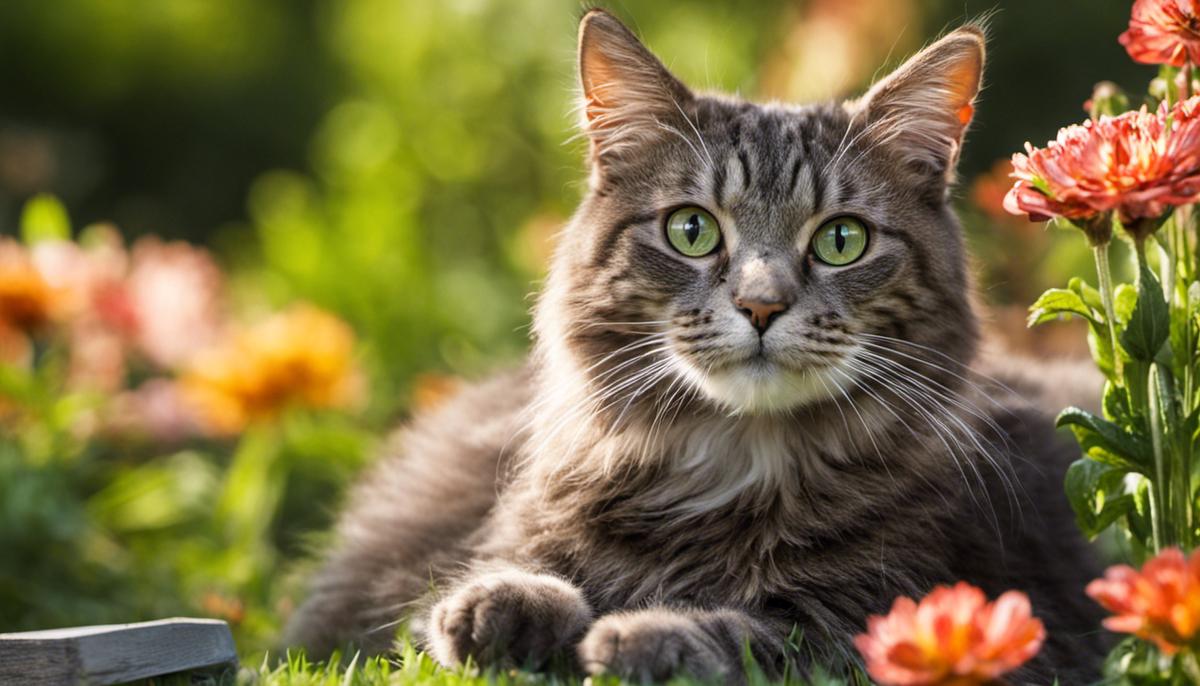It’s a decision that cat owners worldwide grapple with: should our feline friends lead an indoor or an outdoor life? To make an informed decision, it’s crucial to understand the very essence and instincts of cats that have survived within them through evolution. By focusing on the nature and behavior of these fascinating creatures, we can unravel how these elements interact with different living environments. Going beyond just observations, we delve into scientific studies, expert opinions and real-life experiences to bring forth a panoramic view of a cat’s life, indoors and outdoors. This discussion serves to enhance our understanding and build an informed perspective on the topic.
Understanding the Nature and Behavior of Cats
Natural Instincts and Behavior of Cats
Cats are natural predators, bred from wild relatives who thrive in outdoor environments. Their instincts involve hunting, climbing, scratching, and exploring. They have evolved to adapt brilliantly to life in the great outdoors, where they can display their hunting prowess by capturing rodents or other small prey. Their instinct to scratch serves multiple purposes, helping to keep their claws sharp and to mark their territory, sending messages visually to other cats while leaving their own scent. Climbing, another instinctual behavior, provides a vantage point for spotting potential prey and helps in avoiding threats.
Indoor Cats: Environment and Behavior
On the flip side, indoor cats have a drastically different lifestyle. They have an easy routine reliant on human caretakers. Owners dictate when and what their cats eat, eliminating the need for cats to hunt. Instead of climbing trees and exploring wide territories, indoor cats often stay within the same four walls for most of their lives. However, this indoor lifestyle does not eliminate the cat’s natural instincts. They may still exhibit hunting behavior through chasing toys or their own tails, climbing indoor furniture, and scratching posts or furniture. Hyperesthesia, over-grooming, and stalking are also reported in indoor cats, typically arising from a lack of stimulation.
Outdoor Cats: Freedom and Risks
In contrast, outdoor cats are free to express their natural instincts to their heart’s content, chasing wildlife, marking their territories as needed, exploring broad regions, and climbing to high vantage points. However, this freedom comes with certain risks. Outdoor cats are more likely to encounter diseases and injuries because of fights with other animals, car accidents, and exposure to harsh weather conditions.
Scientific-studies on Cats’ Living Environment
Scientific studies on cats’ living conditions show interesting results. Seth B. Magle, director of the Urban Wildlife Institute at Lincoln Park Zoo in Chicago, conducted a study in 2013. His findings reported that home ranges (the areas in which they live and hunt) are a key difference between indoor and outdoor cats. Outdoor cats have larger home ranges than indoor cats because they need to hunt for food, while indoor cats have their food provided for them.
Another study published in the Journal of Feline Medicine and Surgery identified that indoor cats have a significantly lower risk of injury compared to outdoor cats.
Understanding the Essentials of Cat’s Indoor vs Outdoor Lifestyle
The decision to keep a cat indoors or outdoors merits careful consideration of several factors including the cat’s inherent instincts, unique personality, and the potential risks associated with each choice. While some cats are perfectly comfortable living indoors, given adequate environmental stimulation such as interactive toys and climbing installations, others may show clear signs of discontentment with indoor confinement, expressing an incessant desire to explore the outdoors.
The owner’s circumstances also play a critical role in this decision-making process. While some owners are ready and able to shoulder the additional expenses of veterinary care that typically come with outdoor cat injuries or illnesses, others living in apartment structures sans outdoor space might find an indoor-only cat more feasible.
Understanding the feline behavior and instincts can guide owners in creating an environment that not only appeals to their pet’s instinctual behavior but also ensures their safety against potential dangers. Regardless of an indoor or outdoor lifestyle, the focus should always be on fostering an environment where they can express their instincts while staying protected.

Pros and Cons: Indoor Living for Cats
The Indoor Lifestyle for Cats: Emphasizing Safety
The central argument for maintaining an indoor lifestyle for cats stems from concerns regarding their safety. When roaming outdoors, cats are exposed to a slew of hazards, such as traffic accidents, wildlife predators, and risks of communicable diseases like feline leukemia or the feline immunodeficiency virus. Moreover, the chances of injuries from animal fights, and exposure to parasites like fleas and ticks increase significantly in outdoor environments, according to the ASPCA. Outdoor cats also present the risk of getting lost, or in the worst scenario, being stolen. By keeping cats primarily indoor, these risks are substantially mitigated, if not entirely eliminated.
Controlled Diet and Health Conditions
Being an indoor cat can be beneficial for health in other ways. When a cat lives indoors, their diet can be monitored and controlled, which can prevent obesity, diabetes, and other diet-related illnesses. Indoor cats generally live longer, healthier lives than their outdoor counterparts due to controlled meals, regular medical check-ups, and safety from outdoor hazards. For instance, a study from the Journal of the American Veterinary Medical Association suggests that indoor cats often live over 15 years, compared to just seven years for outdoor cats.
Cons of Indoor Living: Reduced Physical Movement
However, indoor living can have its drawbacks for cats. One of the most significant is reduced physical movement. Cats are natural hunters and explorers, and indoor environments don’t always provide the same physical stimulation as the great outdoors. While owners can provide toys, scratch posts, and other activities, these may not fully compensate for the wide-open spaces and hunting opportunities that outdoor spaces provide. Lack of physical activity might lead to obesity in cats, which can be a potential risk to their health.
Reduced Entertainment and Enrichment Opportunities
Similarly, indoor cats might have fewer opportunities for stimulation and fun. Without exposure to varied environments and interactions, some cats may become bored or frustrated, leading to behavioral problems such as destructive clawing or excessive meowing. The American Veterinary Medical Association recommends providing indoor cats with plenty of toys, scratching posts, and attention to help mitigate these problems.
Balancing Indoor and Outdoor Living
Concerns around safety, diet, and stimulation have led some cat owners and experts to compromise by providing supervised outdoor time or creating controlled outdoor environments—like ‘catios’—where cats can experience the outdoors safely. Famed animal behaviorist Jackson Galaxy recommends harness training for cats to provide controlled, safe excursions outside as a way to enrich indoor cats’ lives.
Indoor versus Outdoor Cats: A Balancing Act
Keeping a cat indoors undoubtedly provides a safer environment, albeit with potential drawbacks. The restricted trials of an indoor lifestyle can cause cats to suffer from a lack of stimulation, possibly leading to excessive weight gain and behavioral issues. Conversely, an outdoor lifestyle, while imparting freedom and exploration, can expose felines to numerous hazards including accidents, falls, and confrontations with other animals. The ideal scenario may lie in striking a balance between the two, ensuring the cat’s physical and emotional needs are catered to. It is up to the cat owners to figure out the best approach for their pet, whether that means arranging controlled outdoor adventures or enriching the indoor environment with various toys and stimulating activities.

Pros and Cons: Outdoor Living for Cats
The Upside of Outdoor Living for Cats
The outdoor world can potentially offer cats a space where they can fully embrace their natural instincts. This unrestricted environment provides ample room for exploration, encouraging physical activities which contribute to weight maintenance and a reduced risk of obesity. An outdoor lifestyle allows cats to hone their natural instincts such as hunting and foraging for food, providing invaluable mental stimulation in the process. These shared experiences contribute greatly to their overall emotional health. Furthermore, outdoor living can deter some unwanted behaviors often seen in housebound cats like scratching furniture or other household items.
Risks Associated with Outdoor Living for Cats
One of the most significant risks for outdoor cats is exposure to various threats. Those threats include predatory animals, vehicular accidents, and potential cruelty from people. According to a study by the University of Georgia and the National Geographic Society, 45 percent of outdoor cats were observed to engage in risky behaviors daily.
Outdoor cats are also at an increased risk of contracting diseases such as Feline Immunodeficiency Virus (FIV) or Feline Leukemia Virus (FeLV). They are more likely to come into contact with infected animals and parasites, and as they can wander off for days at a time, early symptoms of sickness may go unnoticed by owners.
Further, the lifespan of outdoor cats tends to be shorter. Data from the American Humane Society suggests that outdoor cats live an average of 5-7 years, compared to indoor cats, which have an average lifespan of 12-15 years.
Reducing Risks for Outdoor Cats
Experts generally recommend that if cats are allowed outside, their risk should be minimized through various strategies. One such method is supervised outdoor excursions, where cats can roam and explore within a fenced area while under their owner’s watchful eye. Vet visits should also be more frequent to ensure early detection and treatment of any potential health issues.
Comparison with Indoor Cats
Contrasting outdoor cats, indoor cats are generally considered safer from external threats, diseases, and have longer life expectancies due to the controlled environment. However, their mental stimulation and physical activity can be significantly reduced unless owners make efforts to simulate hunting and playing behaviors, such as using toys and interactive playtime.
Deciding Between Indoor and Outdoor Living for Your Cat
In the end, deciding if your cat should be an indoor cat or an outdoor cat depends on various factors such as your living environment, your cat’s personality, and your ability to address potential risks. It’s essential to weigh the pros and cons, and consider the long-term implications for your cat’s health, safety, and happiness before making a decision.

From understanding the inherent nature of cats to weighing the pros and cons of indoor and outdoor living, the journey sheds light on the multifaceted aspects of feline life. Each environment carries its unique set of bounties and trials, leaving the choice heavily reliant on the specific circumstances of the cat and its owner. With the use of science-backed data, expert insights, and real-life stories, the knowledge gained allows us to make decisions more empathetically, recognizing the diverse needs of these captivating creatures. As we navigate through the intricacies of cat ownership, remember the importance of striving for a balance between a cat’s innate instincts and the safety that a controlled environment can provide.
Elevate your website with Writio, an AI content writer that crafts top-notch articles tailored to your style. This page was skillfully written by Writio.
Discover more from Cuteavalanche 24/7 Foster Cat Cam
Subscribe to get the latest posts sent to your email.



Recent Comments